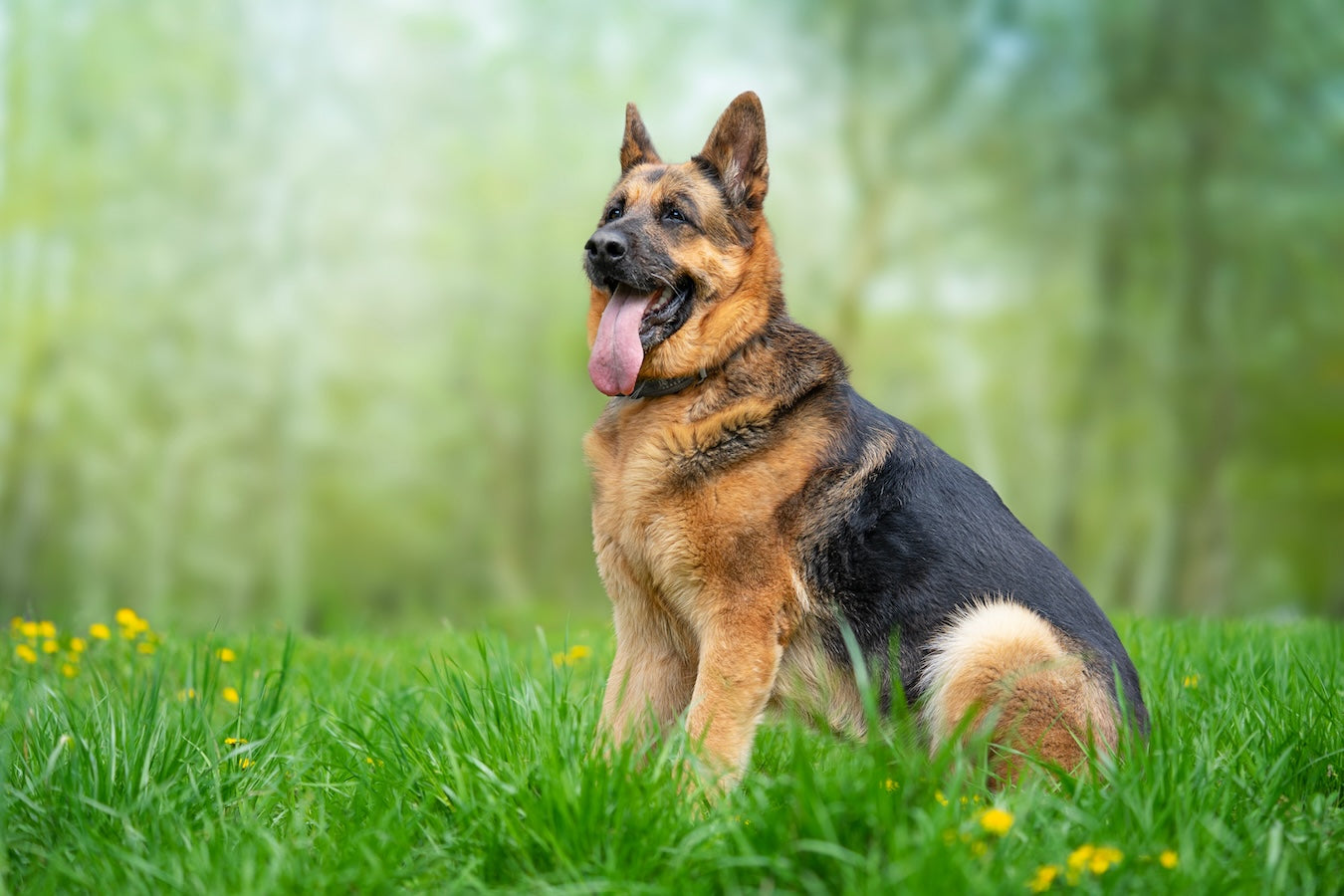
Why So Many Dogs Are Overweight (And What’s Actually Causing It)
Summary:
If it feels like every other dog you see is a little too round, it’s not your imagination. More than 50% of dogs in the U.S. are overweight — and it’s not just from too many treats. In this post, we dig into the real reasons so many dogs are overweight today, from outdated feeding guidelines to carb-heavy kibble and misunderstood nutrition. Once you understand what’s causing the problem, it’s a whole lot easier to fix.
First: Let’s Ditch the Blame
If your dog is overweight — or you’ve seen the scale creep up despite feeding what the bag says — you’re not alone. And you're not doing something wrong.
Most dog parents are doing exactly what they’ve been told. Feed X cups per day. Buy a “premium” bag. Maybe cut back on treats. And still… the belly grows, the energy fades, the vet says, “They could stand to lose a few.”
So what gives?
Statistically Speaking: Most Dogs Are Overweight
According to the American Kennel Club and AAHA, more than 50% of dogs in the U.S. are overweight or obese — and most owners don’t realize it.
Why? Because we’ve normalized the “chunky dog” look.
Because food is love.
Because the bag says “feed 2 cups,” so we do.
Because it’s confusing.
But understanding what’s really going on can change everything — for your dog’s weight, health, and lifespan.
So… Why Are So Many Dogs Overweight?
Let’s break it down.
1. Commercial Dog Food Is Loaded With Carbs
Most popular dog foods — even the “healthy” ones — are packed with cheap, starchy fillers like:
- Potatoes
- Corn
- Rice
These ingredients make the food cheaper to produce, but they spike blood sugar, increase insulin, and turn calories into fat. Even if your dog’s portions are “correct,” the macros are all wrong.
High-carb kibble = high body fat. And unless the formula is low glycemic and protein-forward, your dog is probably eating more sugar than they should.
2. Feeding Guidelines Are Often Too High
Portion sizes listed on the back of the bag? They're typically based on:
- Young, active dogs
Not spayed/neutered - No health issues
- Living highly active lifestyles
But the average dog?
- Neutered/spayed
- Gets 1–2 short walks a day
- May be 6, 8, or 10 years old
- Sleeps 16 hours a day
So, if you’re following the label and wondering why your dog is gaining weight — it’s not your fault. The labels are wrong for most dogs.
3. Low-Protein, High-Carb Food Slows Metabolism
Many dry dog foods are low in animal protein, which leads to:
- Muscle loss
- Slower metabolism
- Lower energy
- More fat storage
Meanwhile, the high-carb content drives cravings and fat gain.
This combo — low protein, high starch — is metabolically destructive, especially in older, less active dogs.
4. Poor Gut Health Makes Everything Worse
Your dog’s microbiome (gut bacteria) plays a huge role in:
- Nutrient absorption
- Inflammation levels
- Weight regulation
- Appetite control
When a dog eats food full of inflammatory fillers, sugars, or synthetic additives, it can disrupt the gut. And when gut health is off, everything else follows:
- They gain weight more easily
- They feel hungrier
- They absorb fewer nutrients
- Their immune system suffers
The NIH even links gut disruption to obesity, chronic inflammation, and metabolic disorders in dogs.
5. Snacks, Scraps, and Love-Fueled Overfeeding
We all do it. A few extra treats. A spoonful of peanut butter. A bite of toast. Food = love.
But many dogs are only supposed to eat 500–800 calories a day — and that extra 200 calories of treats can make a huge difference.
Combined with poor kibble quality, this “harmless” overfeeding adds up fast.
Let’s Clear This Up: It’s Not Just About Calories
If you’re asking:
- “What makes dogs fat?”
- “Why is my dog overweight when they don’t eat much?”
- “Can carbs cause weight gain in dogs?”
You’re on the right track.
It’s not just about eating “too much.”
It’s about eating the wrong kind of food — even in the right amounts.
So What’s the Fix?
Before jumping to “diet dog food” or extreme measures, get back to common sense nutrition:
- Feed high-protein, low-glycemic food
- Watch the macros, not just the calories
- Avoid high-starch formulas
- Support gut health with probiotics and enzymes
- Feed based on ideal weight — not current weight
- Make treats intentional, not mindless
That’s what we build at Brothers Dog Food:
Gut-focused, protein-rich, intelligently balanced kibble that helps dogs lose excess weight naturally — while keeping energy, muscle, and happiness intact.
Final Thoughts: Overweight Dogs Are a Symptom — Not the Problem
Fat dogs aren’t lazy. They’re overfed by a broken food system that pushes the wrong ingredients, confusing labels, and poor nutritional guidance.
But now you know better. And better food? That changes everything.
More years. More movement. More life.
Sources
- AKC American Kennel Club: https://www.akc.org/expert-advice/nutrition/how-much-should-i-feed-my-dog/
- AAHA American Animal Hospital Association: https://www.aaha.org/resources/5-ways-to-know-how-much-to-feed-your-pet/
- AMC Schwarzman Animal Medical Center: https://www.amcny.org/blog/2012/01/09/the-importance-of-portion-control-for-pets/
- NIH National Library of Medicine: https://pmc.ncbi.nlm.nih.gov/articles/PMC6488012/
Share






